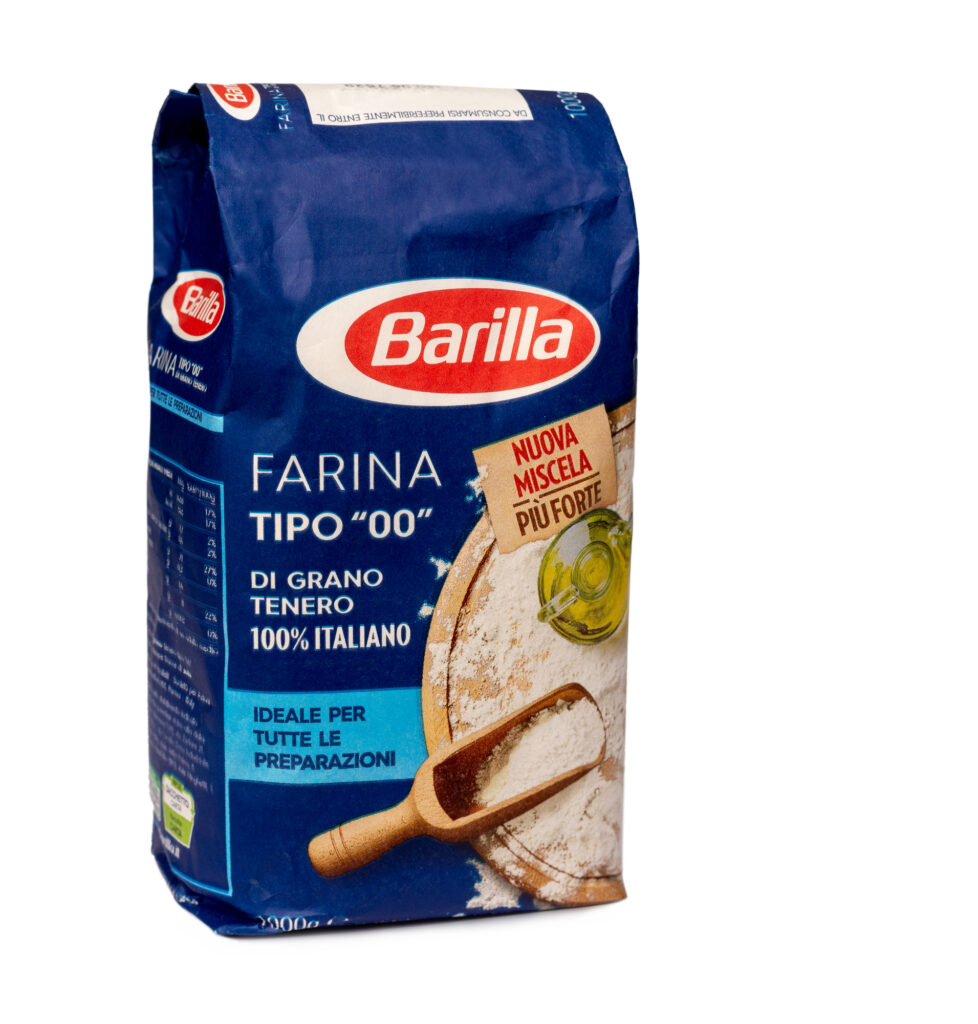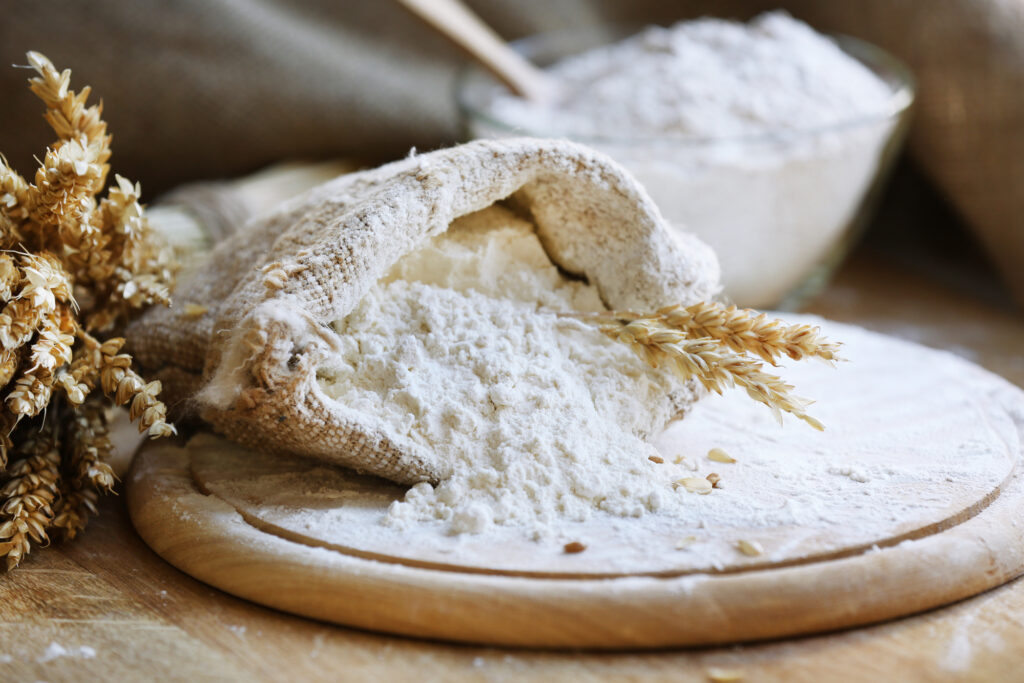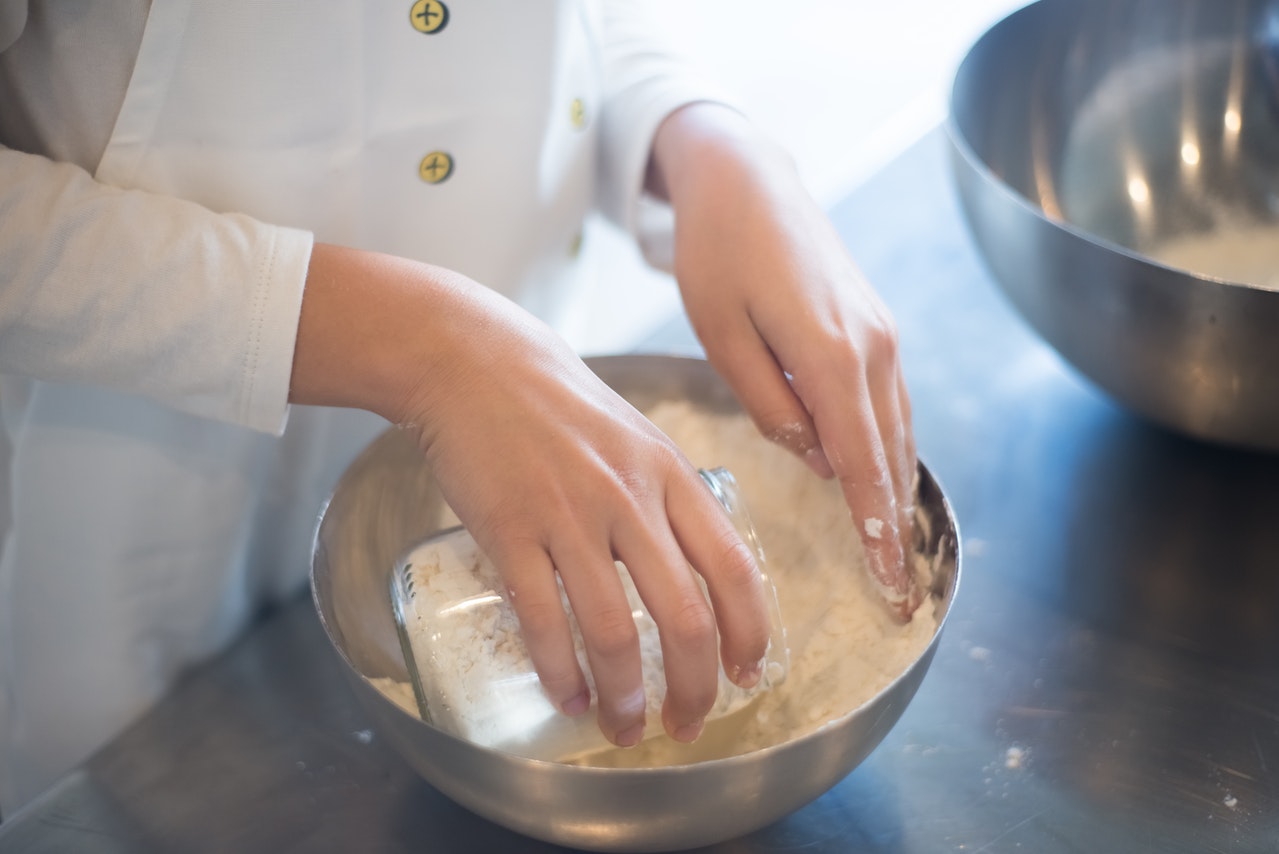When baking bread, the type of flour you use can make a big difference in the final product. Bread flour and 00 flour are both common types of flour used for baking. But they have some key differences.
Contents
What is 00 Flour?

00 flour is a variety of Italian wheat flour that is extra finely milled. The “00” in the name refers to its grind size, which is the finest available. Whole wheat, pizza, pastry, and semolina flour are most often available at this double zero (00) grind size.
As such, 00 flour has a high protein content ranging from 8% to 12%. And it produces dough with a very fine texture. This finely-ground flour is often used for making pasta, pastry, pizza bases, and bread with a fine crumb.
What is Bread Flour?

Bread flour is made from hard spring wheat containing approximately 15% protein, higher than most flours. This flour comes in both white and whole wheat varieties.
It has a slightly coarser texture than other flours, which helps to create a crustier loaf of bread. Generally, bread flour is best suited for yeasted recipes that require a longer rise time. This includes sourdough bread, bagels, homemade bread, etc.
It’s ideal for dough that needs to be wetter, such as pizza dough. And it can be used when making bread in a bread machine.
00 Flour Vs. Bread Flour: What’s the difference?
There are a few key differences when comparing 00 flour vs. bread flour. Let’s take a closer look at the factors separating these two popular flour types.
Protein Content: Bread flour is made from hard wheat, which has a higher protein content than soft wheat. In contrast, 00 flour is made from soft wheat with slightly lower protein content. The removal of wheat germ and bran during production is why 00 flour’s protein content is lower.
Grind Size: The grind size of the flour determines how coarse or fine the final product will be. 00 flour is ground to the finest grind size employed for flour. The result is soft, fine flour. On the other hand, bread flour is produced at a larger grind size, resulting in slightly more coarse, granular flour.
Water Absorption: Different recipes call for different types of flour based on the amount of water they can absorb. And the higher the protein content, the higher the gluten content, giving the flour a higher absorption rate. This means that bread flour can absorb more water than 00 flour.
Texture: The higher protein content makes bread flour more glutenous, which gives foods made with bread flour a chewy texture. As 00 flour is less glutenous, it produces lighter, airier textured foods.
Conclusion
Your recipe will typically indicate which type of flour is best suited for whatever you’re making. That said, when comparing 00 flour vs. bread flour, it’s essential to keep the desired texture of your final product in mind.
